Climbing San Boldo and Riding the Prosecco Hills
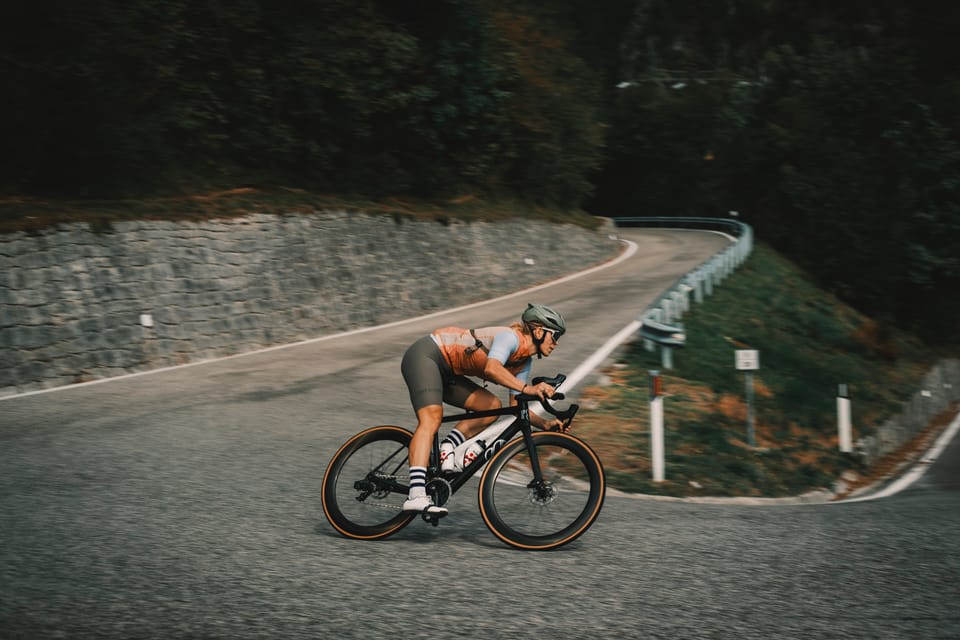
Climbing San Boldo and Riding the Prosecco Hills
It all started with Breakfast in Bassano del Grappa at our boutquie hotel, Its owned by a ex french chef who honestly, will make you a breakfast thats out of this world.
But not for long, we had to leave to climb San Boldo. You know how sometimes you feel small under a mountain? That was us climbing San Boldo. We started out pedalling through the Prosecco hills, vines rolling over gentle slopes, sunlight filtering between rows of grapevines. There’s something unhurried about the Prosecco region: small cellar doors, locals tending vines, cypress trees maybe littered clichés, but it felt laid‑back and inviting. Italy is known for is chaos but this was pure peace.
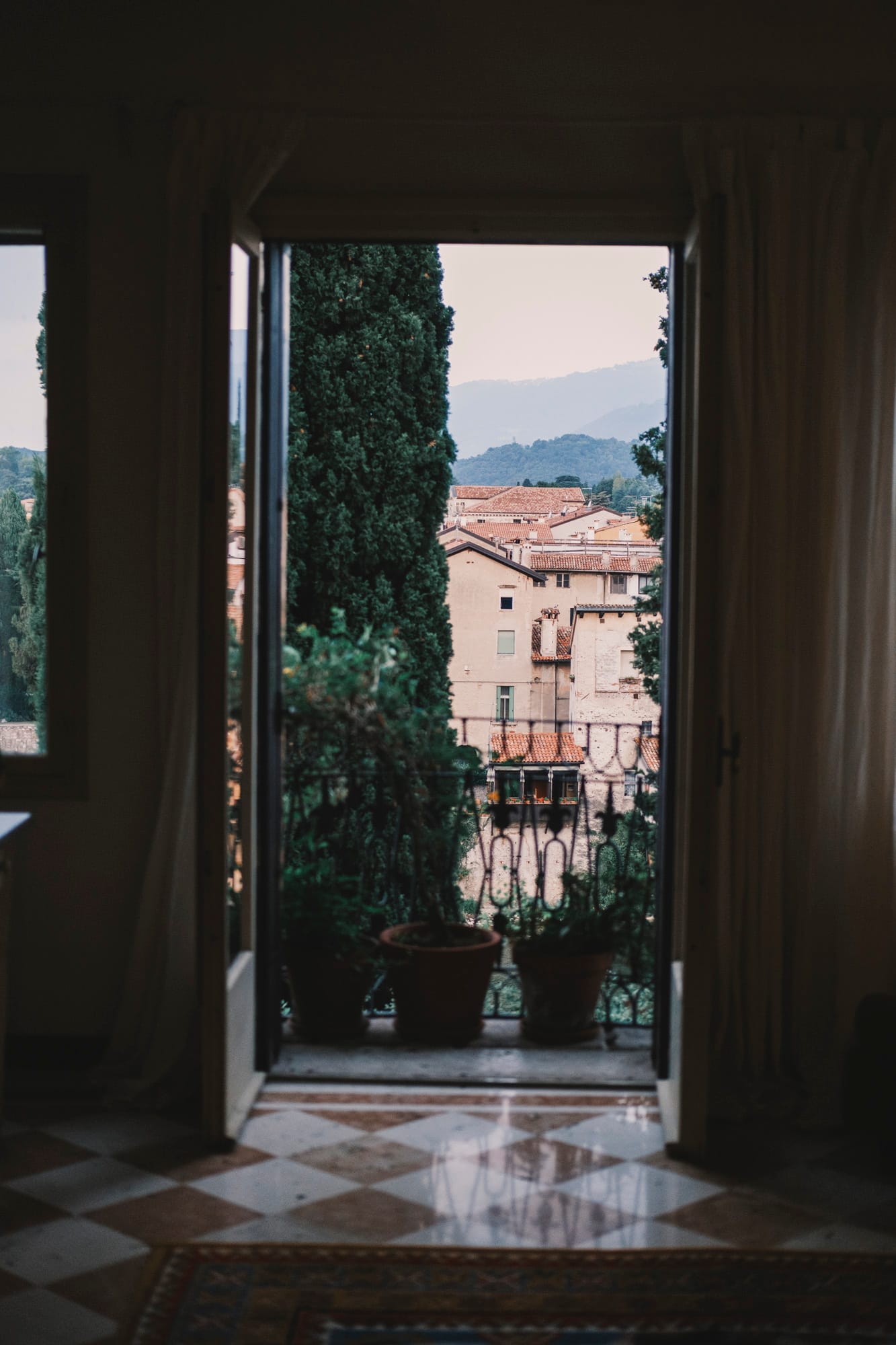
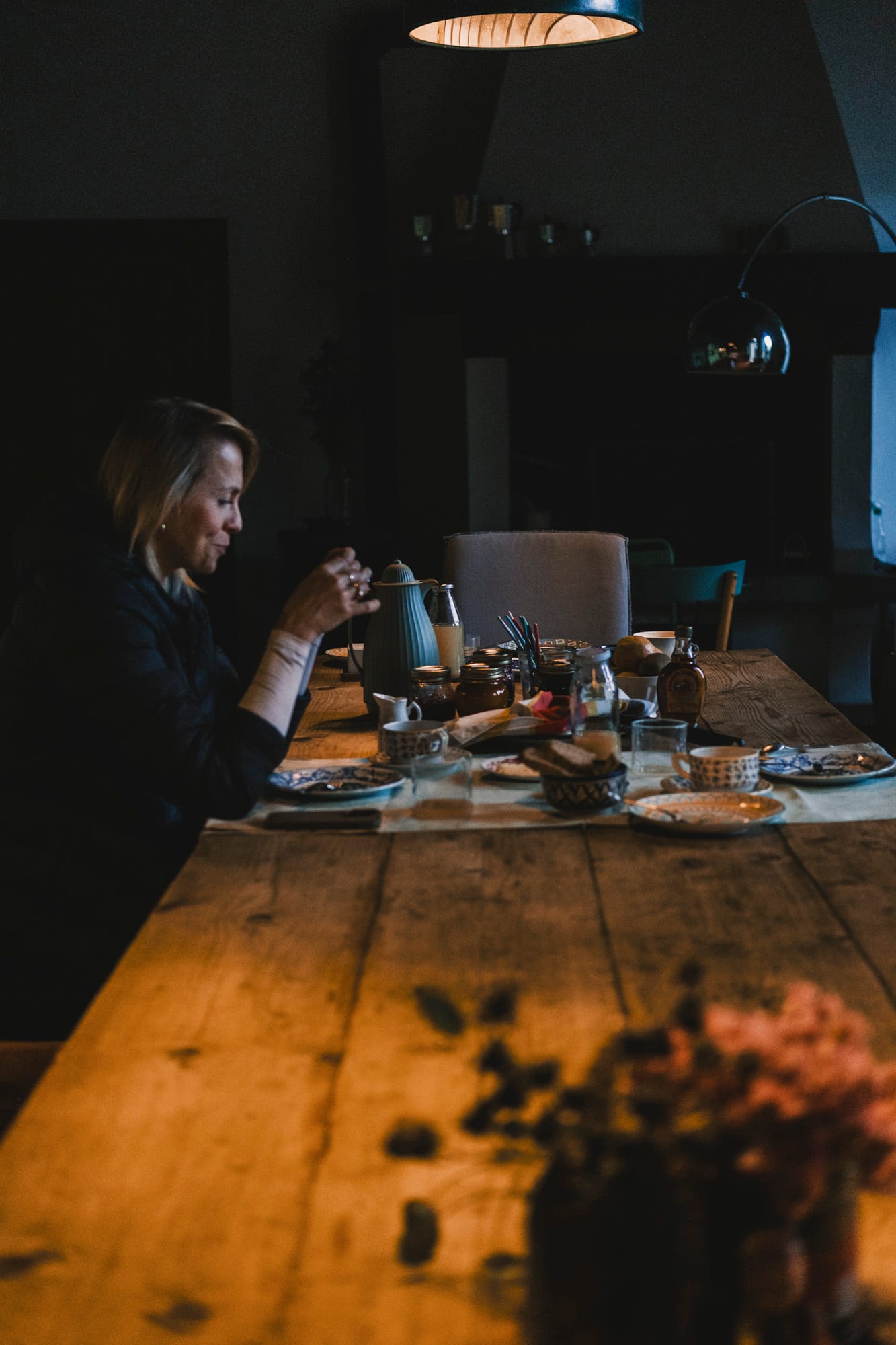
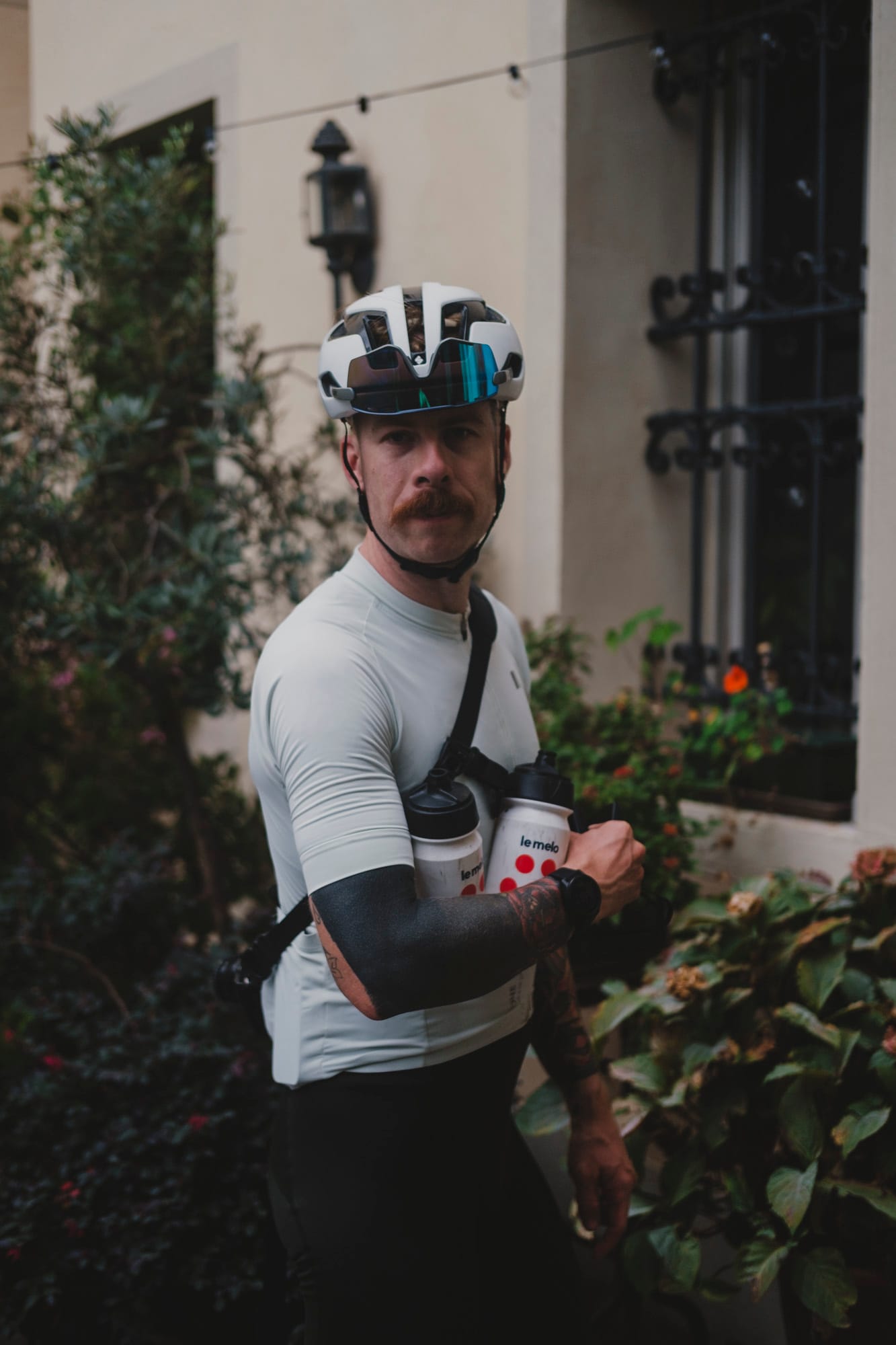
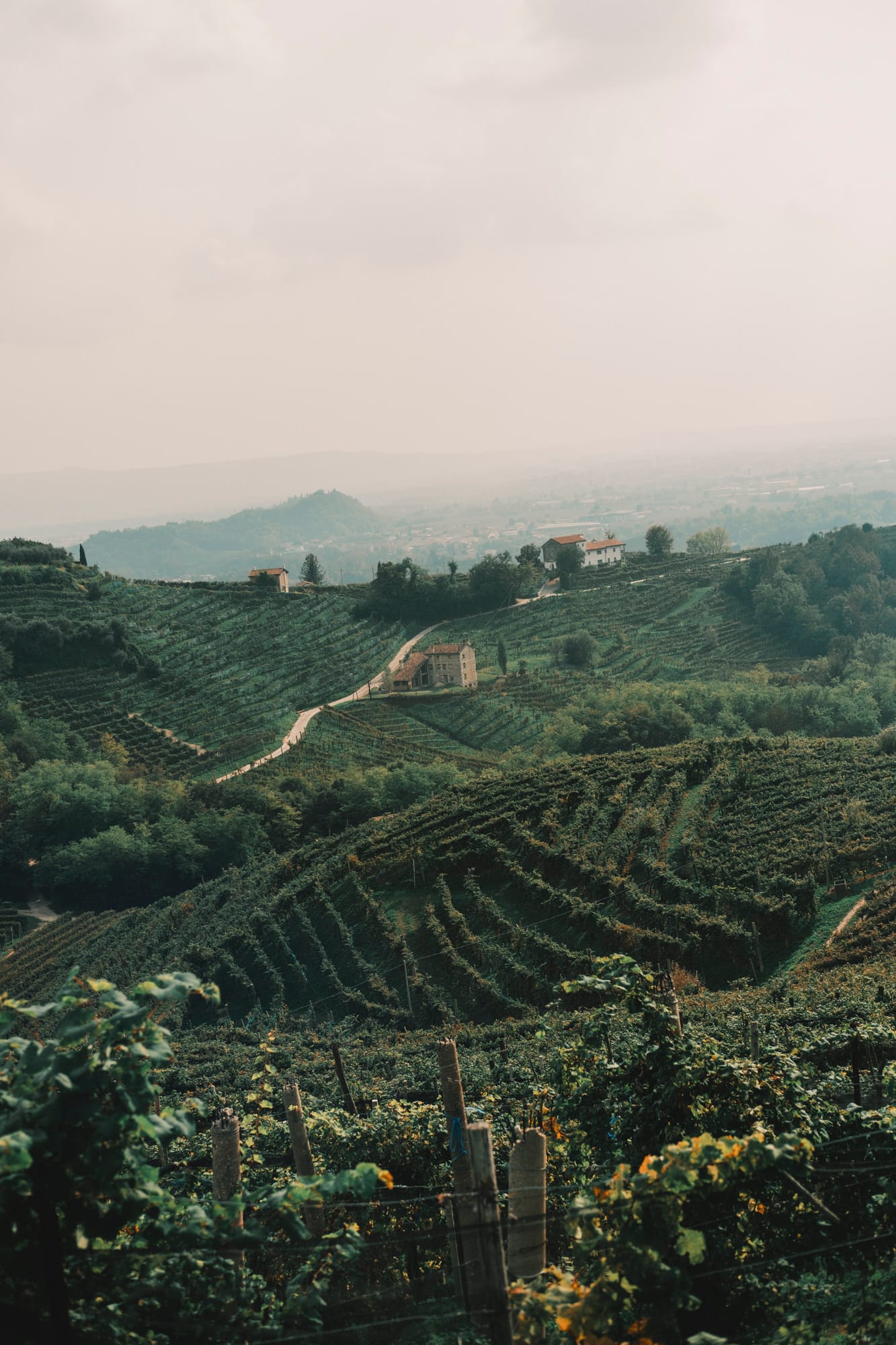
We rolled toward Tovena, where the climb to San Boldo begins. From there it’s a different world. Prosecco hills give way to forested canyon, vertical cliffs, hairpin turns. You sense the change before you see it. The road narrows. The air feels cooler—or maybe that’s nervous energy.
The climb from Tovena officially kicks in at around six kilometres, rising roughly 450 m in elevation with an average gradient about 7 to 7.7 %. That sounds manageable on paper. But then there are 18 numbered hairpins, five tunnels carved into rock, six bridges—this is not a gentle grade.
On our ride, the first couple of kilometres felt steady. A few switchbacks sprinkled into wooded hills. Then the valley squeezed tight. The gradient climbed toward 8 %. We dropped into shade. Cool, welcome shade. But exposed lengths felt relentless. That’s where we felt it—a slight panic, cadence dropping, breathing deeper. I think Eva said “this is something else” before turning quiet focus on the next bend.
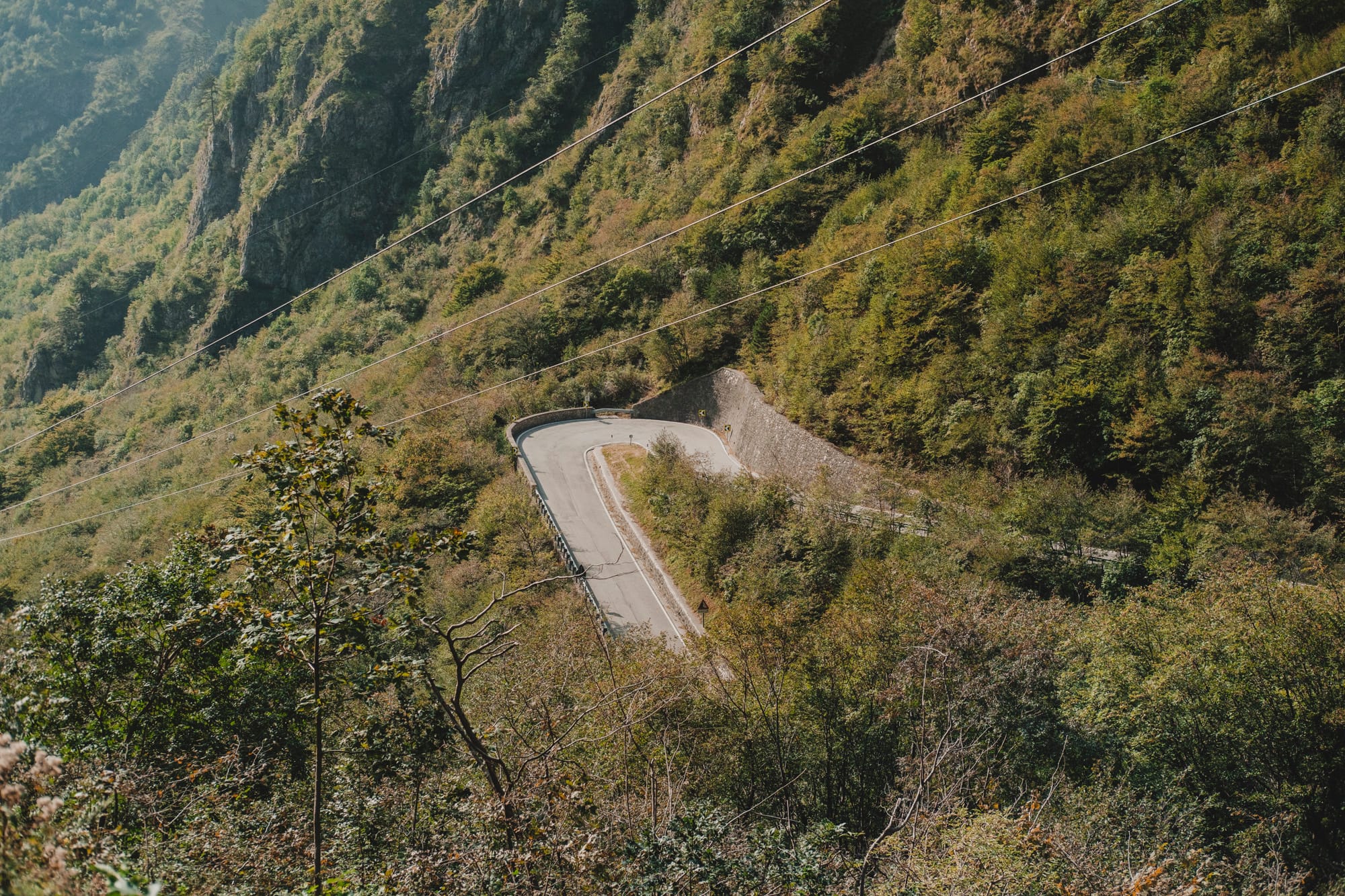
You get to hairpin turn one. The switchbacks begin. The hairpins are numbered, so you count down: 18, 17, 16... It helps. Kind of. But each turn is steep. After number four, you enter the tunnels—5 of them in rapid succession, carved directly into rock face, tight loops, slick asphalt, damp walls, faint echo of drip water . Lights control this section so only one direction of traffic at a time. We waited briefly, heard the click‑clack of bike cleats, then rolled slowly inside. Visibility low. But the road opens up winding inside the tunnel walls, like a hidden serpent slithering upward.
The hairpins inside the tunnel feel almost surreal. Echoes, dim lighting, concrete turning into mountainous darkness. Slight unease. One wrong lean and you might slide. Yet in those moments, the climb felt sacred. Built in 1918 by Austro‑Hungarian army in just 100 days during World War I, using forced labor—prisoners, locals of all ages. They were carving tunnels and switchbacks by hand. They couldn’t exceed 12 % gradient or artillery can’t pass. So they engineered it exactly—tight but machine‑friendly, at least for artillery. That mix of human hardship and geometric precision gives the climb its soul.
Emerging from the tunnels, switchbacks keep coming. At maximum grade, some ramps reach up to 11 or even 12 % . We felt those in our quads. We slow‑rolled each bend, using every gear. Sometimes I paused, leaned the bike against a rocky outcrop, drank water, looked down into the valley. Atemporal view. The vineyards far below. Villages like dots. And up top the Dolomites peaks just beyond the reach of the climb.
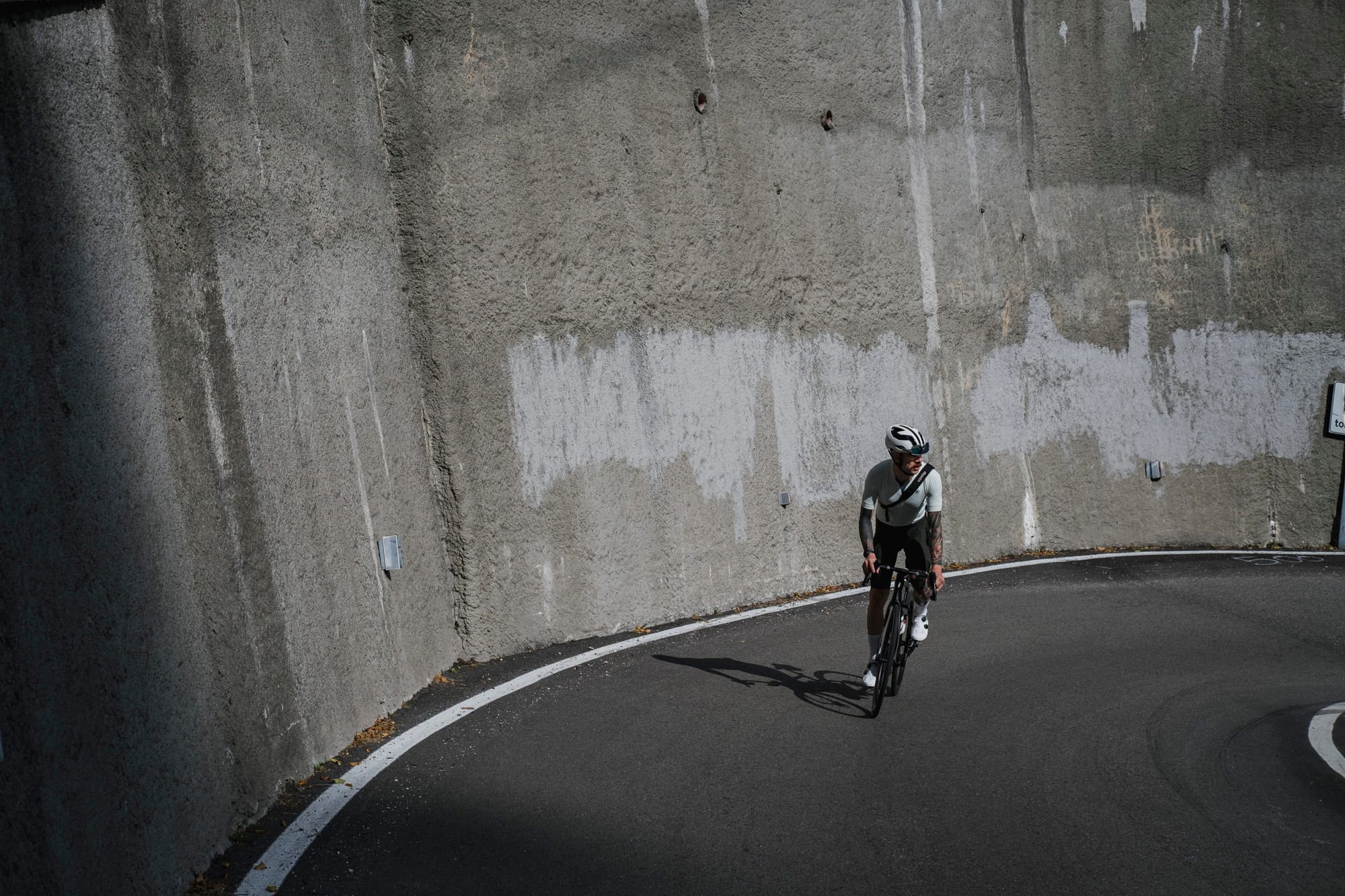
We reached hairpin turn one, the final corner, then rode the final few hundred metres to the summit at around 706 m. We stopped near a small refuge or trattoria perched just below the summit. Sat for a moment. Warm sun felt nice after the tunnel chill. Maybe we ordered a snack or a local plate—wild boar ragu was tempting. Shared a moment of quiet pride.
Then we rolled back down still riding together, reflecting on the ride. You might expect big sweeping descent, but this descent is twisty too. Carefully brake through hairpins, watch for traffic lights that still regulate one‑way flow. The descent feels slow, measured, echoing the climb.
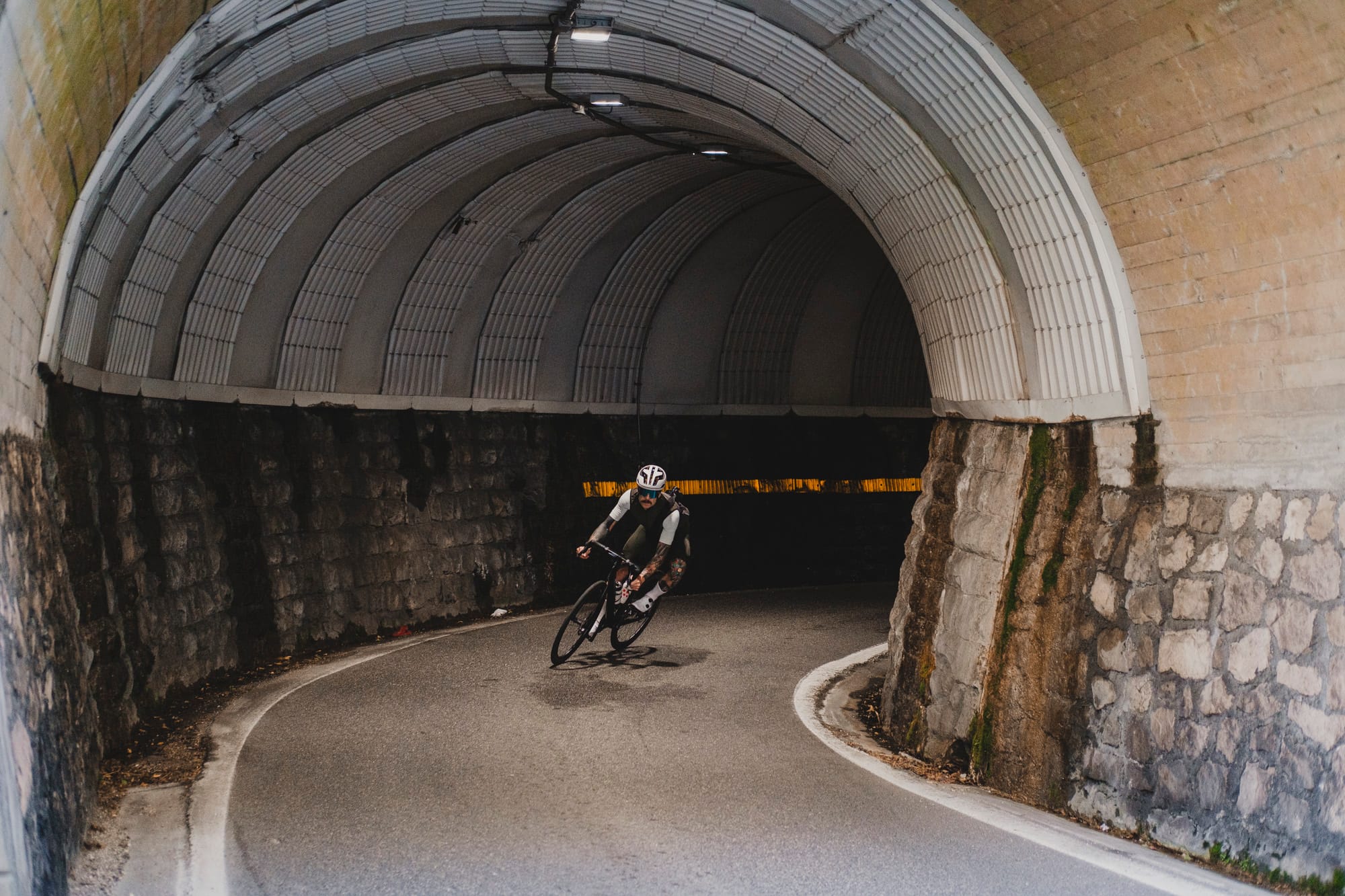
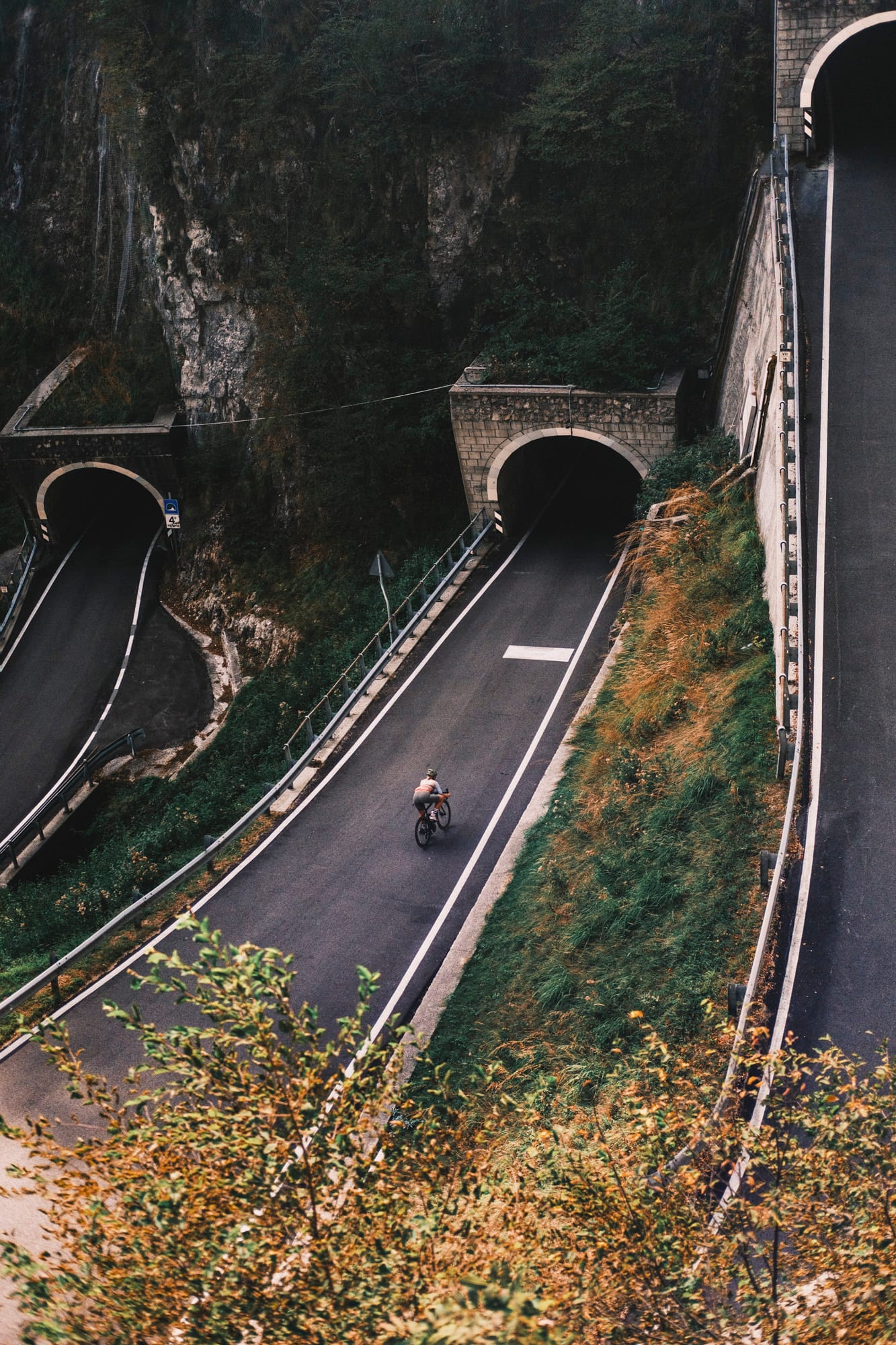
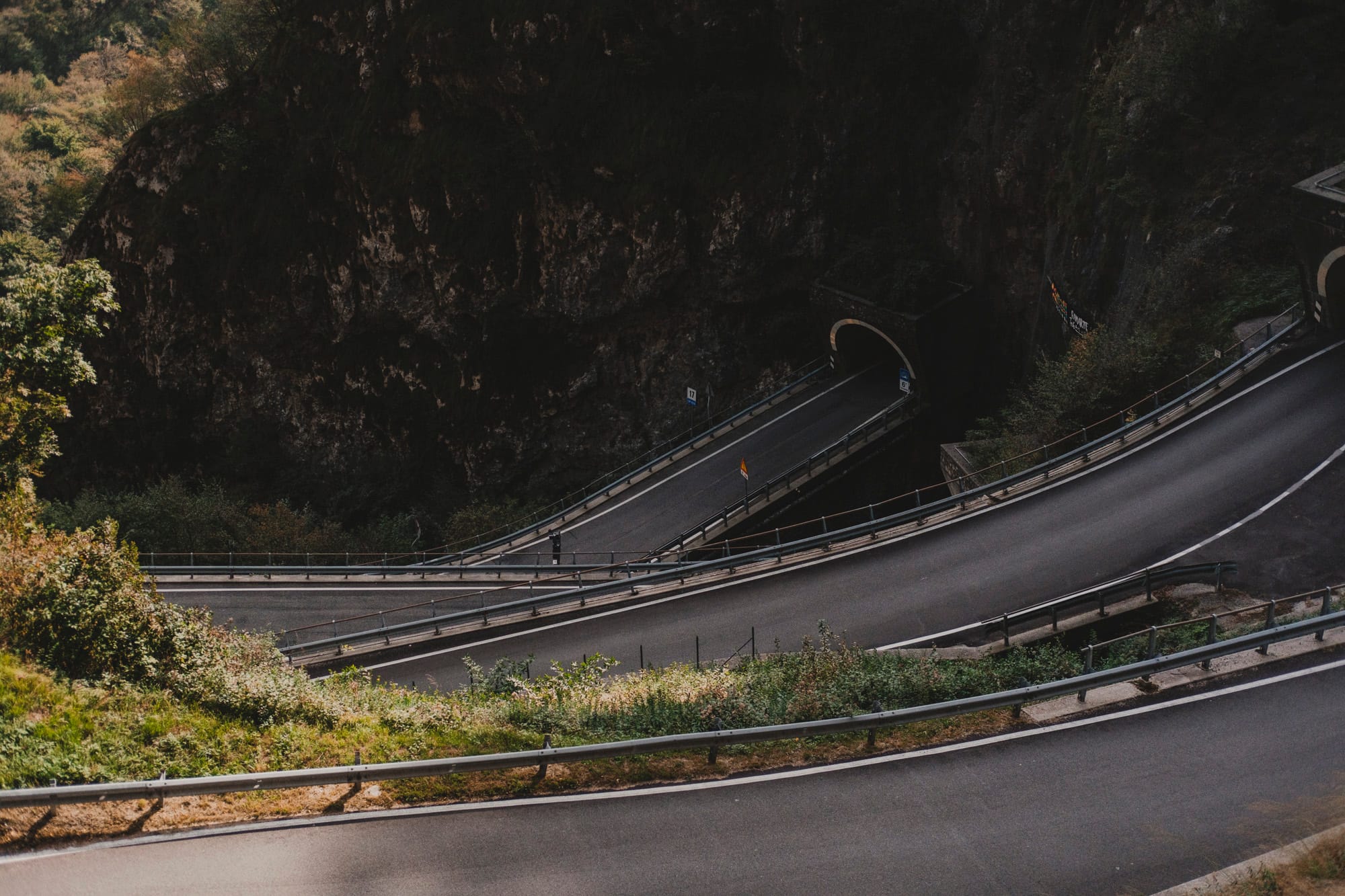
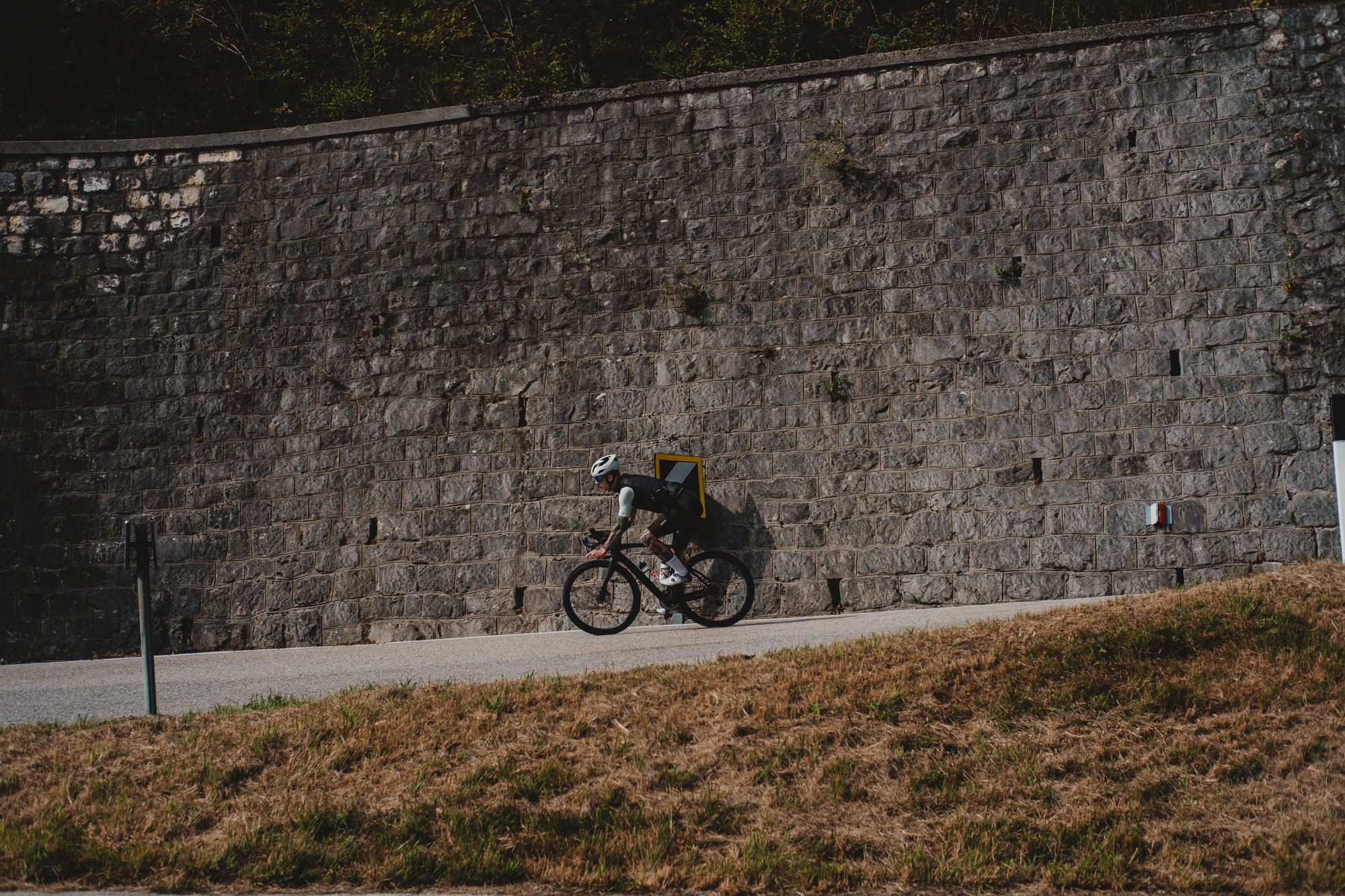
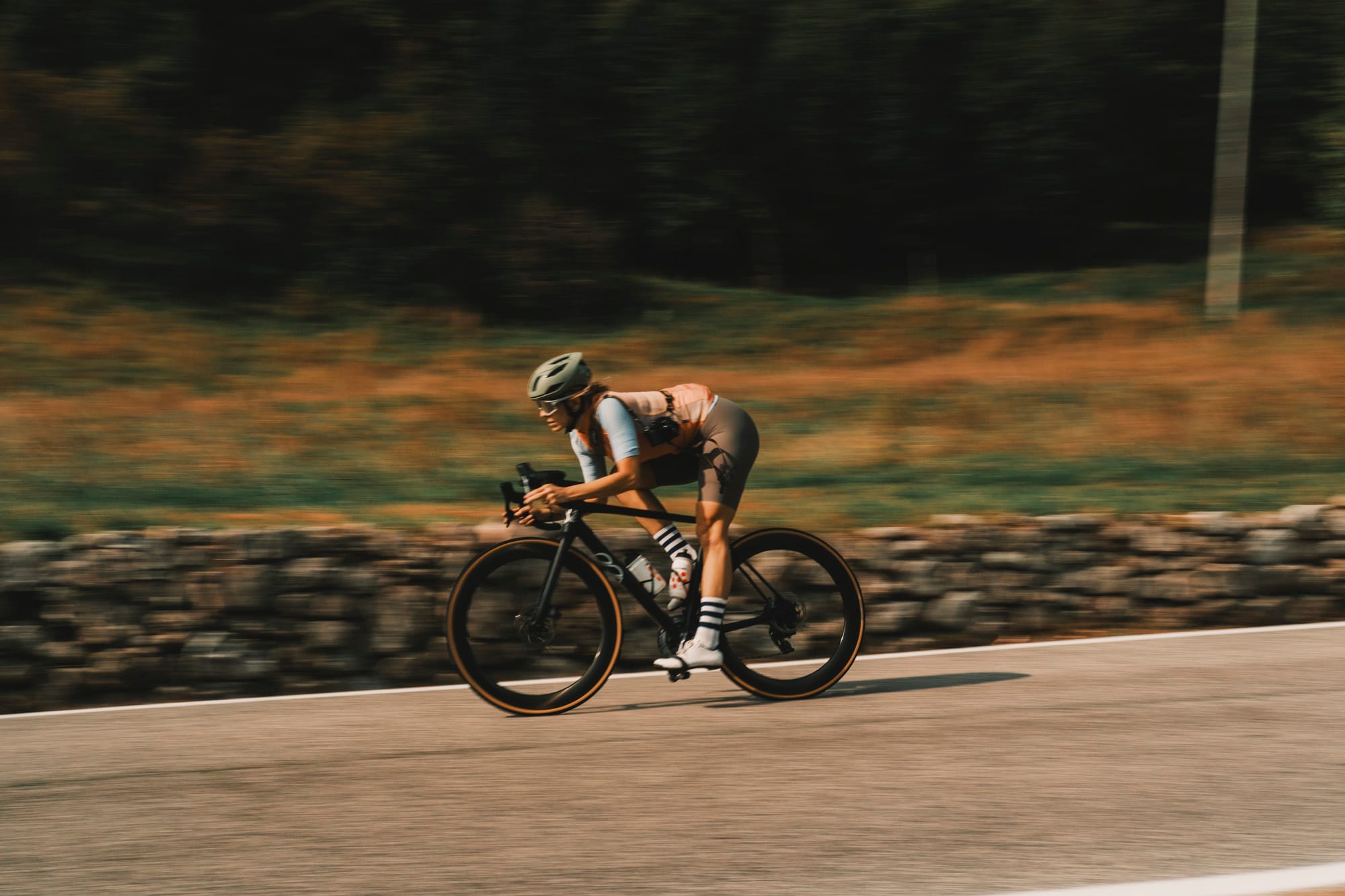
But the ride didn’t end there. We aimed to hit the Prosecco hills. From the northern valley we rolled into Valdobbiadene, where the slopes become gentler again, but now generous with view of grape terraces, elegant villages, hilltop wineries. Prosecco hills have that gentle flicker of sun on vines. Graceful but firm climbs of 2–5 %, enough to stir the legs after the brutal San Boldo.
We passed through Cartizze vineyards—road narrows even more. The curve of the vines, the limestone earth, the sense of place. There it felt like a reward corridor after the raw grit of the pass. We paused overlooking a scenic valley, took photos. I remember Eva saying “this is why Italy is so good.” She laughed mid‑breath. That’s the tension: we just suffered, now we soak in beauty.
Historically the region has deep ties to Prosecco wine. The hills earned UNESCO World Heritage in 2019. The vines follow terraces that climb hillsides, marking landscape since centuries. Ca' del Poggio even has steep ramp called the Muro with max gradients near 19 % over 1.1 km, a mini Flemish muro in the heart of Prosecco land. Of course we didn’t ride that but saw it from the road. Egads.
We rode onward to a winery we’d read about, maybe popped into a cellar for a glass peach‑blossom Prosecco. Bright bubbles. Faint sweetness. Conversation about the climb: how steep, how cold the tunnels, how proud we felt reaching the top. Slight contradiction “never again” but also “maybe someday, but not soon.” Typical human ambivalence.
By the end we’d ridden maybe 60 km, about 1000 m of climbing. San Boldo remains the focal story. But the Prosecco hills softened the memory, added context. The ride became a loop of grit and grace.
Along the climb we passed small memorial plaques to the workers who built the road. That history humbles you. Imagine forced labor working in the dark of those tunnels, shifting stone by hand. And today we pedal through. That tension stays with you.
When we finally settled at a roadside trattoria with vine‑covered pergola, we ordered plates of regional cheese, strips of prosciutto, polenta, and more Prosecco. We sat in semi‑silence, legs throbbing, sweaty jersey sticks to your skin. But the sun was warm. The conversations light. The ride already weaving into memory. We talked through the ride: hairpin count, whether turn 7 was worse than 10, and how the gradient felt more than the numbers. Eva scratched her leg and said “I don’t know if my legs will recover tomorrow.” I laughed, said neither of ours would—but that’s part of it.
In hindsight the climb and hills felt like a conversation between endurance and reward. San Boldo demanded respect. The Prosecco region offered peace. Together they created a layered ride experience that felt more than cycling. It felt story, history, place.
Would we ride it again? Maybe someday. But not this year. Not soon. For now it rests as a ride we did, together, in our own flawed, human way. We got lost counting hairpins, nearly missed a traffic light, nearly bottled it in the tunnel, laughed at soreness, then rode tasting bubbles in hills where grapes lean toward sun. That imperfect flow feels right.
Thanks, Veneto. And San Boldo. Ciao.


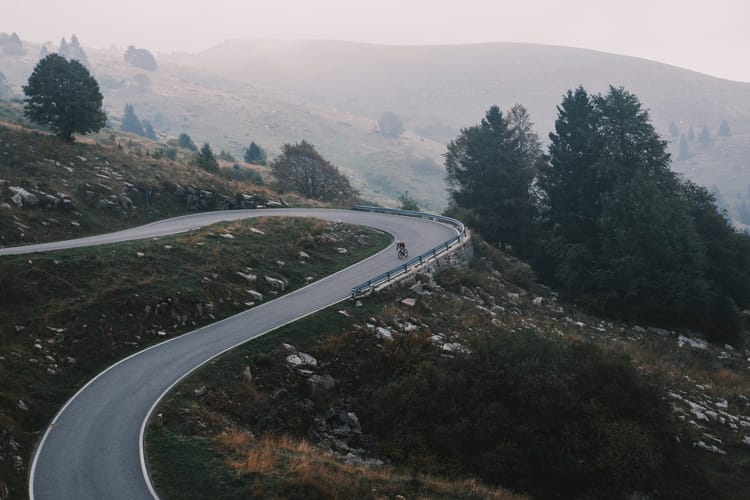
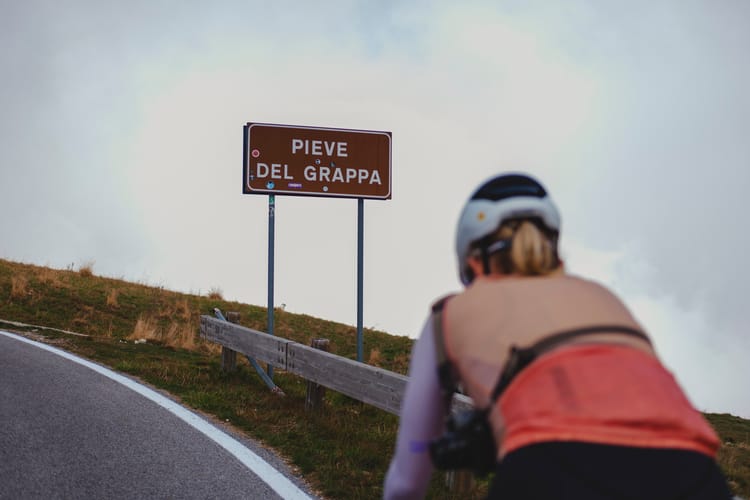
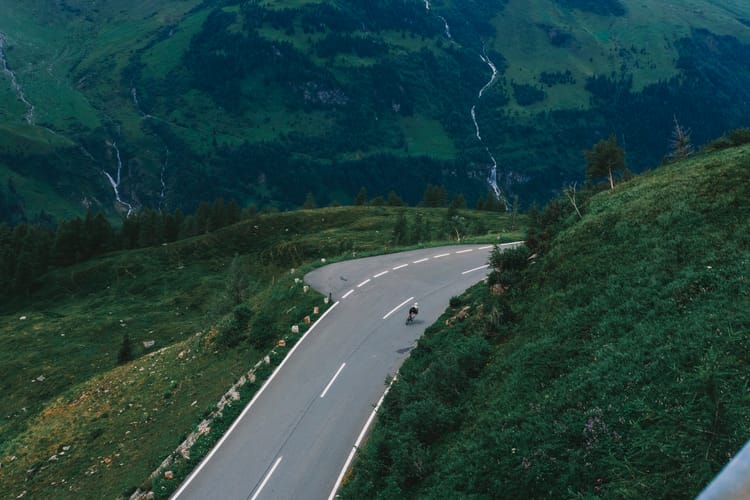
Member discussion